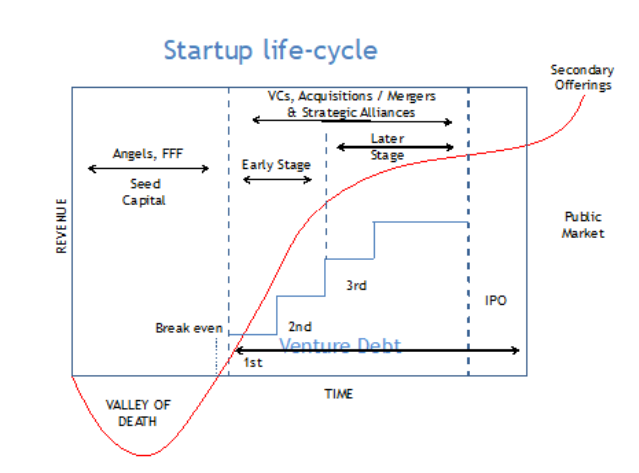C-DOT's
GPON (Gigabit Passive Optical Network) technology offers an excellent mix of
triple play services (voice, data & video) to end users. This is an
indigenous development of C-DOT and offers advantages in terms of
appropriateness for Indian environment, Innovation & local manufacturing. Current
technology delivers a downstream data rate of 2.5 Gbps and an upstream data
rate of 1.25 Gbps on a single fibre over a distance of up to 60 Kms. One
optical fiber from OLT can be shared with up to 128 users. Signals from the OLT
to the ONT are encrypted (secure) and then broadcasted to workstation devices.
Signals from the workstation devices are then multiplexed back to the OLT.
In 2011, Indian
Minister for Communications and IT Kapil Sibal, transferred Gigabit Passive Optical Network
(GPON) Technology to seven telecom manufacturers in public and private sectors
– Indian Telephone Industries Ltd. (ITI), Bharat Electronics Ltd (BEL), VMC
Systems Ltd, United Telecoms Ltd. (UTL), Sai InfoSystem (India) and S M
Creative Electronics Ltd . In addition, Technology transfer agreement has also
been signed with Tejas Networks Limited for customized development and
Electronics Corporation of India Ltd (ECIL). US patent (Patent number: 10567075)
for GIS based centralized fiber fault localization system was filed in 2016 and
received in 2020.
Adoption of
GPON in enterprise environment was studied by Stanislav Milanovic. Applied GPON
based POLs in the enterprise environment enabled the convergence of voice, data
and video onto a single strand of single mode fiber, which reduced the network
infrastructure hardware to a fraction of what is required in terms of cabling
and electronics in the conventional Ethernet approach. The solution not only
enabled easier maintenance, but also improved efficiency with regard to end
user-related, adds, moves and changes. Deployed GPON based POLs in the
enterprise environment extended service to any stationary Ethernet end point.
It enabled the delivery of reliable and highly secure unified network providing
IP voice, data, and any type of video over a single fiber. It also increased
the size of the network building block which greatly simplified enterprise
network deployment, operation, and management. The solution supported energy
conservation, since the optical LAN infrastructure utilized passive components
like optical distribution hubs and fiber plant that required no power or
cooling, resulting in significant energy savings. Implemented POLs provided
immediate return on investment and a low total cost of ownership compared to
copper-based LANs.
GPON Vs
EPON
EPON and
GPON have their own advantages and disadvantages. GPON is better than EPON from
the performance index. However, EPON has the advantage of time and cost. GPON
is catching up and looking forward to the future broadband access market. GPON
will be more suitable for customers with high bandwidth, multi-service, QoS and
security requirements and ATM technology as the backbone. For cost-sensitive,
QoS, security, less demanding customer base, EPON has become dominant.
EPON began
massive deployments in Japan and South
Korea. In 2005, China Telecom started EPON field trial in 4 provinces to learn
how to deploy EPON. Interoperability is critical for the success and deployment
of EPON widely, so China Telecom started
IOP research in 2005. In 2007 CTC achieved large scale and all‐round chip and
system EPON IOP the first time in the
world (3 chip vendors, 10 system
vendors). For operators with 1G EPON-based deployments —
particularly Korea Telecom, Japan‘s NTT DOCOMO access, China Telecom and China
Unicom, 10G EPON is quickly becoming the next-generation technology of choice
for providing both asymmetric and symmetric 10 Gbps services. 10G EPON
equipment shipments and revenue continue to grow, driven currently by China
Telecom, which is in the process of upgrading a portion of its first-generation
1G networks to provide more bandwidth to multi-dwelling units, or MDUs.
EPON
technology matured with Chinese Telecom service providers active participation.
What about Indian Scenario?




